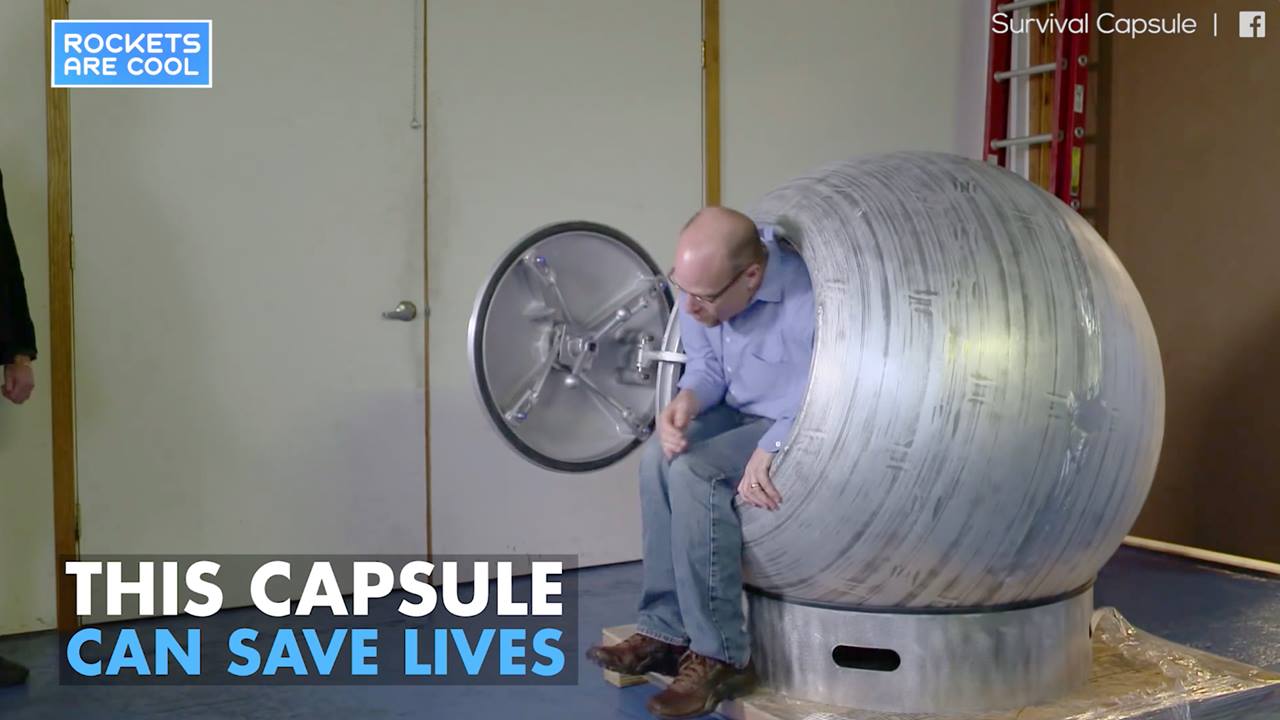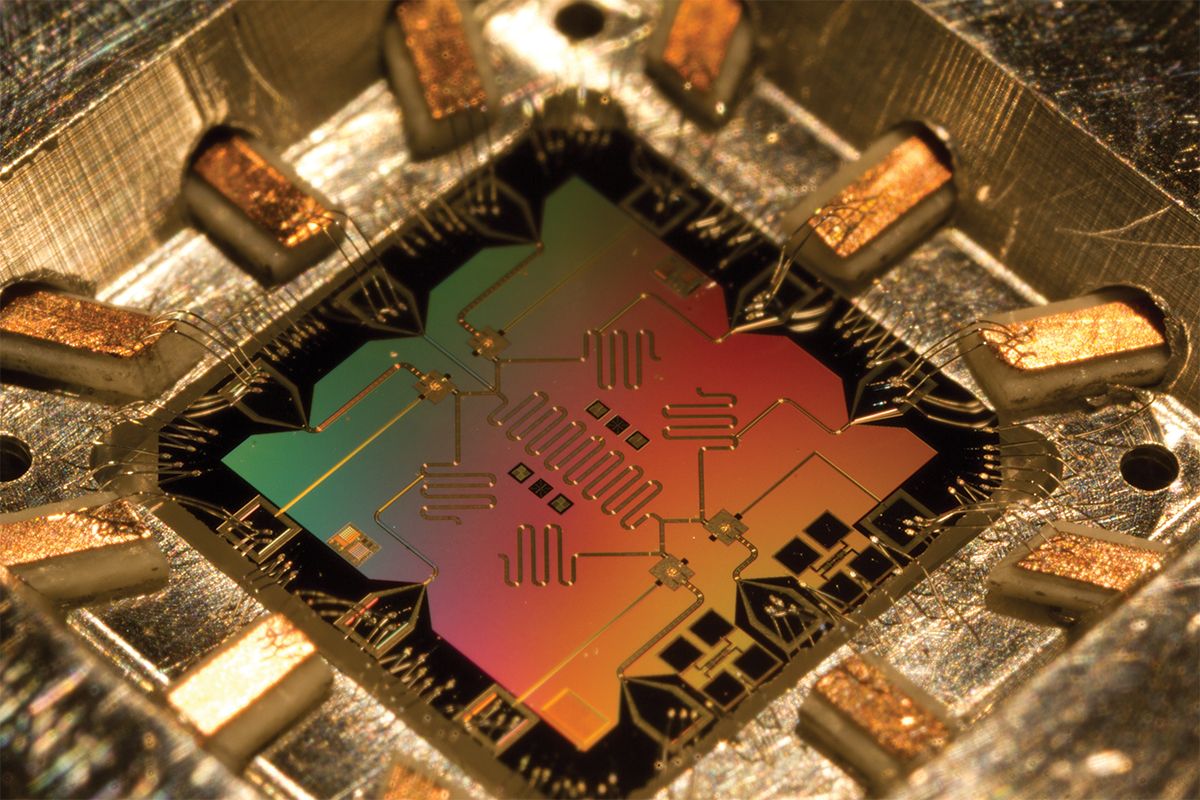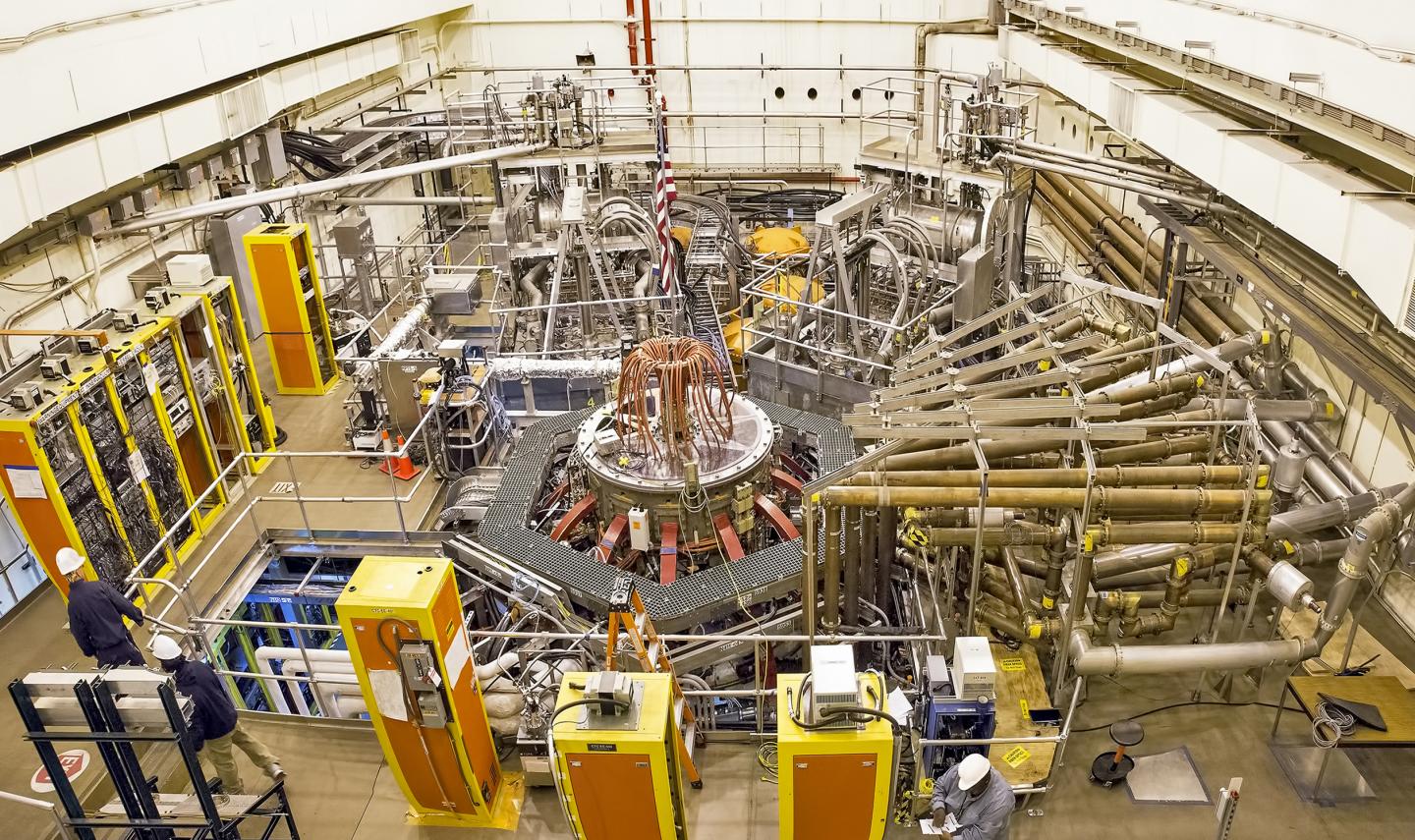There’s been a lot of focus on consumer self-driving technology recently, but autonomy promises to shake things up in the agricultural world too. CNH Industrial’s latest concepts aim to demonstrate how self-driving tractors can deliver faster, more precise results than their human controlled counterparts.
Audi’s upcoming four-door luxury electric car will have a 311-mile range, along with Level 4 self-driving features (essentially full autonomy, for those keeping track) and three separate electric motors, according to a new report from Autocar. The car is set to go head-to-head with the Model S, based on these new stats, and will likely be called the “A9 e-tron” when it goes on sale sometime in 2020, the publication says.
The range is in line with what Tesla says its new P100D option package will offer for Model S owners, though Autocar says that the Audi A9 e-tron will have a 95kWh battery to achieve that range, rather than the 100kWh version Tesla employs to get 315 miles as measured by EPA standards.
The powertrain for the upcoming vehicle is said to feature three electric motors that combined produce 429 brake horsepower (bhp), with a drive mode that can boost it to 496 bhp for short stints. Audi is looking at electric drivetrain tuning as one way where it will be able to offer a differentiating advantage to potential consumers.
Researchers from the University of Warsaw have employed liquid crystalline elastomers and soft robotics techniques to make a small robot caterpillar that moves according to light conditions.
Soft robotics is a field that not too many are familiar with, but it has led to the creation of some stunning robots. Far from the large and rigid clunkers that are the public face of robots (think: Atlas), soft robotics focuses on bots with a lighter touch, mimicking the graceful movements of natural organisms.
And mimic them they do.
Harvard researchers were able to create the world’s first fully autonomous soft robot. Ultimately, it is controlled by a pneumatic system.
A group of Harvard engineers were able to create a completely autonomous robot using soft robotics. Notably, this is the first robot created that does not use any hard components. And if that’s not enough, it’s also the world’s first completely autonomous soft robot.
The team’s work was published in Nature, and you can see the robot in action in the video below.
Survival Capsule
Posted in futurism
Something big happened this week at Singularity University.
79 participants from 49 different countries graduated from Singularity University’s 10-week flagship Global Solutions Program (GSP).
Over 30 team projects were launched during GSP, each focused on using exponential technology to address a massive global problem, such as water scarcity, malnutrition, and climate change.
The Golden Age
Posted in government, life extension, singularity, space
I HIGHLY recommend reading this novel, as well as it sequels! It’s a beautiful, smart, and occasionally frightening exploration of what our civilization will look like post singularity, what WE will look like as posthumans, and where we might go from there.
The Golden Age is Grand Space Opera, a large-scale SF adventure novel in the tradition of A. E. Van vogt and Roger Zelazny, with perhaps a bit of Cordwainer Smith enriching the style. It is an astounding story of super science, a thrilling wonder story that recaptures the excitements of SF’s golden age writers.
The Golden Age takes place 10,000 years in the future in our solar system, an interplanetary utopian society filled with immortal humans. Within the frame of a traditional tale-the one rebel who is unhappy in utopia-Wright spins an elaborate plot web filled with suspense and passion.
Phaethon, of Radamanthus House, is attending a glorious party at his family mansion to celebrate the thousand-year anniversary of the High Transcendence. There he meets first an old man who accuses him of being an impostor and then a being from Neptune who claims to be an old friend. The Neptunian tells him that essential parts of his memory were removed and stored by the very government that Phaethon believes to be wholly honorable. It shakes his faith. He is an exile from himself.
Experts may reassure us that artificial intelligence won’t take over the world anytime soon – but they just might invade the multiplex.
At least that’s the plot developing at IBM, where the Watson artificial-intelligence team programmed a computer to come up with a scary trailer for “Morgan,” a thriller about a genetically modified, AI-enhanced super-human.
Physicists at the U.S. Department of Energy’s Princeton Plasma Physics Laboratory (PPPL) are building a “star in a jar” — a miniature version of the how our Sun creates energy through fusion. It could provide humankind with near limitless energy, ending dependence on fossil fuels for generating electricity — without contributing greenhouse gases that warm the Earth, and with no long-term radioactive waste.
But that requires a “jar” that can contain superhot plasma — and is low-cost enough to be built around the world. A model for such a “jar,” or fusion device, already exists in experimental form: the tokamak, or fusion reactor. Invented in the 1950s by Soviet physicists, it’s a device that uses a powerful magnetic field to confine plasma (superhot charged gas) in the shape of a torus.









